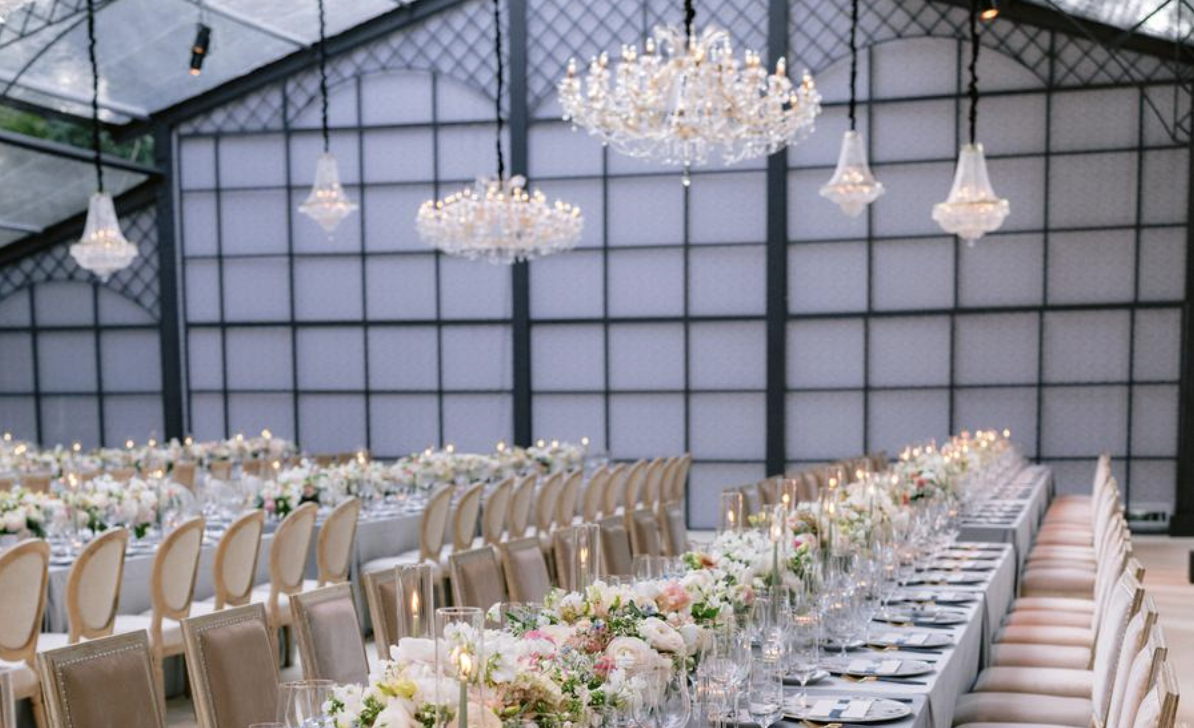One Small Change to Help You Earn Much More
Take full advantage of the Veblen effect. Raising your minimum price (even slightly) can increase revenue without adding more bookings. Align pricing with your time, talent, and demand.

TL;DR: Take full advantage of the Veblen effect. Raising your minimum price (even slightly) can increase revenue without adding more bookings. Align pricing with your time, talent, and demand.
A Deeper Look:
Many wedding vendors undercharge not because of lack of skill, but because of a lack of awareness.
The Veblen Effect
The Veblen effect describes a luxury‐goods phenomenon: raising a product’s price can increase its desirability. In classic economics, higher prices shrink demand, but for Veblen goods, the opposite happens. As one luxury marketing site explains, a higher price tag “suggests rarity, superior quality and…belonging to a restricted circle". Price becomes a social marker of exclusivity. In other words, expensive goods or services confer status. Luxury brands often intentionally keep prices high to maintain cachet.
In wedding services, higher pricing serves as a marketing signal. Vendors use price to project luxury. For example, a wedding-venue guide notes that “higher rates can signal quality and exclusivity,” whereas very low prices may attract only budget shoppers. In fact, wedding industry experts warn that underpricing can backfire: if your fee seems too low, high-end clients assume you lack experience or quality.
A Real-World Vendor Example
One European photographer, Jana Sauer, more than doubled her hourly rate (from €150 to €350) and didn’t lose bookings. In her case, raising prices filled her calendar with better clients: she “worked less, earned more, and the quality of her clients skyrocketed”. Couples were happily paying her new rates.
This echoes a common pattern: as a vendor moves into a luxury niche, justifying higher prices with brand and service improvement actually increases revenue.
Small Change, Big Impact
It’s well documented that even modest price increases can significantly improve a vendor’s bottom line without scaring off customers. In fact, a classic McKinsey & Co. study found that a mere 1% increase in price can translate into about an 11% increase in profits (assuming sales volume holds steady).
By comparison, growing volume by 1% only raised profits by roughly 3%. This underscores how raising rates slightly (if done in line with your value) has a disproportionately positive impact on revenue. In short, vendors who are undervaluing their services stand to gain considerably from a moderate price bump, as long as they continue delivering strong value.
Want to join the StyleMePretty vendor directory for just $99, or think you're ready for the Little Black Book premium membership?
Luxury clients equate price with expertise, and they often expect elevated pricing.
Not raising your minimum can mean leaving money on the table and filling your calendar with lower-margin jobs.
Pro Tip:
Raise minimums quietly. Update pricing going forward rather than publicly announcing a change. And be sure to add value framing:
“Our starting collections reflect the time and artistry invested in your experience.”
Your Task This Week
- Revisit your pricing sheet
- Increase your minimum by 5–15%
- Update your inquiry reply template
- Track conversion



